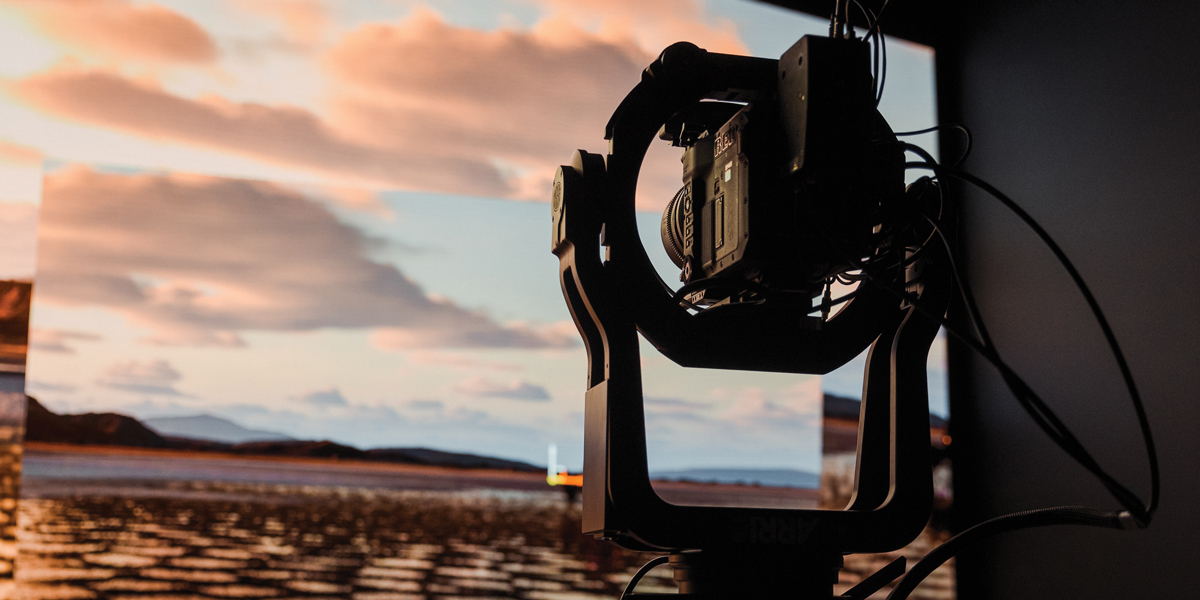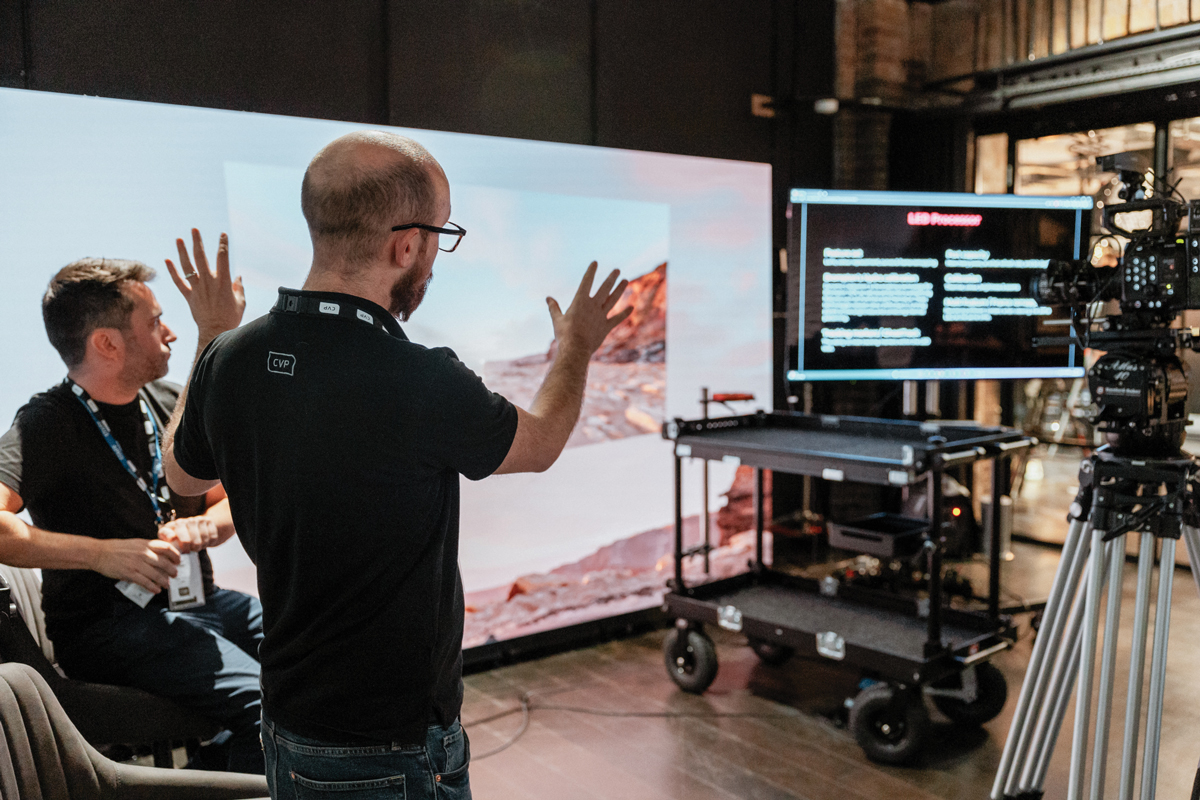
CVP for Sustainability
Posted on Jun 27, 2024 by Samara Husbands
Greener Screen
CVP’s technical consultant Callum Buckley and technical sales consultant Jason Grey study the environmental benefits of virtual production
Virtual production has come a long way in a fairly short space of time. Initially the preserve solely of high-end TV and movie productions with hefty budgets, the technology has evolved rapidly in multiple areas as costs have fallen. This has led to the brisk proliferation of LED volumes on a global scale, which have been positioned by their investors to fill multiple niches in the industry. They now literally come in all shapes and sizes, and present viable alternatives to location or conventional studio shooting for a wide range of budgets that now encompass everything from the blockbuster down to corporate use cases.
One of the main causes for their increased popularity is the contribution they make to sustainable workflows. And it’s not just that either, as implementing virtual production has the twin benefit of saving significant costs in interlinked areas. Much recent debate has centred on the fact that sustainability has been forced to take an unfortunate backseat to return on investment as organisations face tricky economic headwinds. Here, though, is a case where both can be addressed in the same breath.
Virtual production’s main benefit is location. If we agree the technology and techniques have become sophisticated enough that it can be used convincingly to recreate a range of stagings – indoor and outdoor – using it means everything can be shot in the same place.
Let’s take the imaginary example of a new adaptation of Wuthering Heights. This would need to be shot on multiple locations via conventional production methodology and there is a large cost, both environmental and financial, to this. The cast and crew to film each scene have to be physically transported from location to location, catered for and often accommodated while there. Generators are required to shoot in the remoteness of the Yorkshire Moors; exaggerated care has to be taken around listed buildings; the weather must be accounted for, with the possibility of delays built in to the schedule. Sets also have to be erected and struck – and the question of what to do with the materials used post-shoot is an increasingly important consideration.

In short, location shooting is time- consuming and expensive. And while there is obviously an environmental cost to virtual production in terms of power consumption of equipment, all the movement is centralised. Cast and (much smaller) crew can all shoot their scenes one after the other, with the scenery on the screens surrounding the volume changing to reflect where they are on the script.
Using the latest iteration of Unreal Engine or high-res captured footage, environments can be recreated swiftly and convincingly. Scene set-up is now reduced to simply costume changes and repositioning cameras, allowing productions to work through more pages of script in any given day than ever before. There is no wastage, either of the majority of set materials (some physical elements can, of course, still be used on the stage) nor hanging around waiting for the weather to change. The Moors can be as windswept as a production wants, staying that way until the scene is in the can.
Then, press a button and switch to the stately home surrounds of Thrushcross Grange or the 16th-century Wuthering Heights farmhouse itself.
This flexibility and lack of real-world movement dramatically reduces the carbon footprint of any production. There are other synergies, too. The LED volume can be driven wholly by renewables, for instance, and it is becoming increasingly apparent that the whole chain is moving towards a more sustainable means of production. At CVP, we have a pledge to be carbon net zero by 2030, and with more broadcasters and major studios doing the same, it will become a necessity for productions at all levels, from corporate videos to big-budget blockbusters, to mirror this.
Of course, virtual production is not suitable for everything. You will struggle to create a long drone shot of Heathcliff striding across the Moors using an LED volume, for example. But where and when virtual production can be used (and it can be matched seamlessly even with shots like that), it can save significant amounts of both emissions and money while still delivering content of the highest standard.
This feature was first published in the July 2024 issue of Definition.








